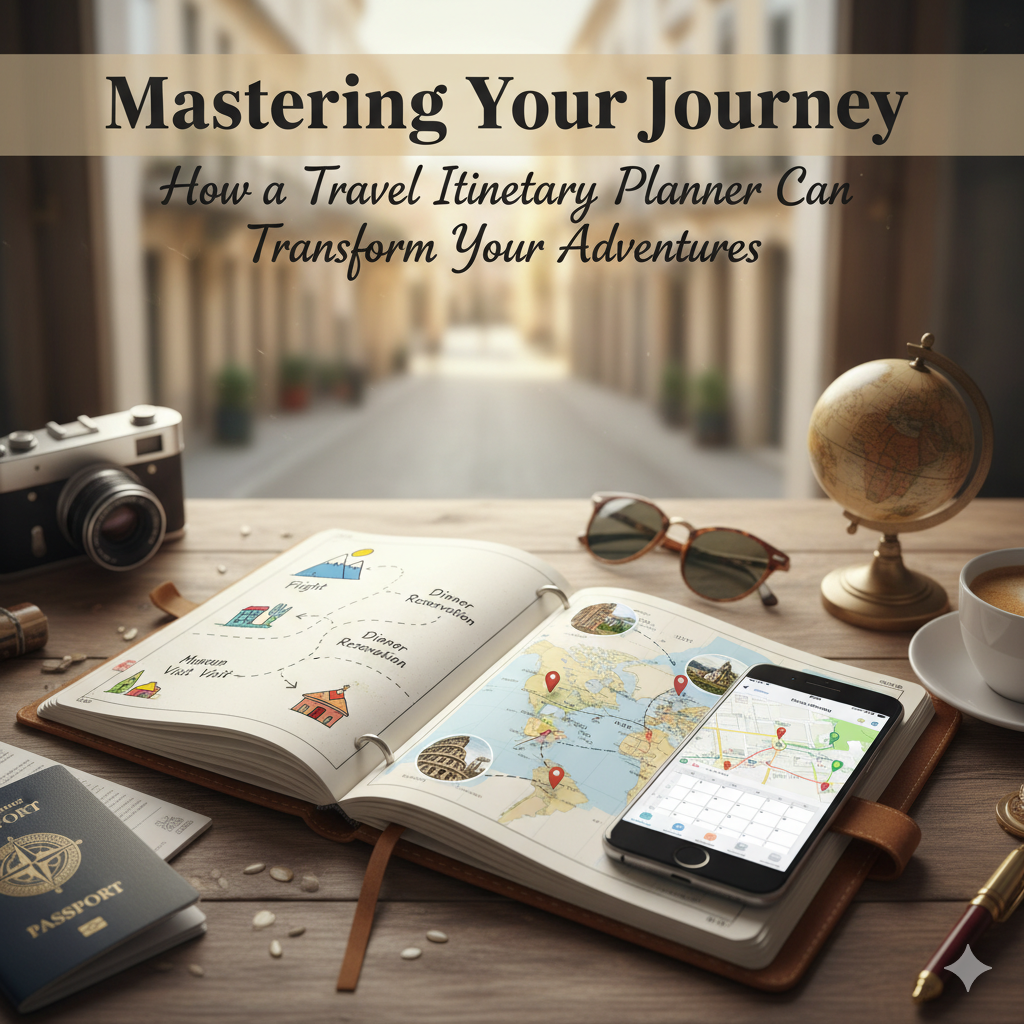This post may contain affiliate links. We may receive a small commission, at no cost to you, if you make a purchase. Read Disclosure.
While traveling as a family is wonderful, I’ve (Caz) enjoyed two decades of solo travel around the globe. As much as I cherish my family and kids, there are times when I yearn for the joy of traveling alone. For women, embarking on solo journeys can be an empowering, courageous, cathartic, and healing experience.
1. Dress Like a Local
While I believe women should wear what they like, reality dictates that it’s essential to adapt to local customs, especially in more conservative areas. Dressing like a local helps you blend in, reducing the chances of being singled out as a tourist. Carrying a large backpack or a map can signal that you’re not from the area, making you an easy target.
Before visiting a country, always research its dress code. If local women cover their hair or favor long sleeves, take appropriate attire with you. Ultimately, avoiding attention can keep you safer on your travels.
2. Don’t Get Wasted
Meeting other travelers can lead to exciting nights out. However, it’s crucial to know your limits. Overindulging while traveling solo can expose you to unnecessary risks. Staying in control not only enhances your enjoyment but also keeps you safe.
3. Keep Your Accommodation a Secret
While it might seem obvious, it’s advisable not to disclose where you’re staying, especially when meeting new people or with tour guides. Use reputable platforms for booking and transportation, and try to arrange pickups or drop-offs a block or two away from your accommodation.
When sharing experiences on social media, delay posting details until after you’ve left your location — this adds a layer of safety.
4. Join a Day Tour if You Feel Uncomfortable
During my solo trip to Turkey in 2013, I faced skepticism due to unsafe headlines surrounding female travelers. Despite my nerves, I courageously explored the city by joining tours to familiarize myself with the local culture and eventually felt comfortable exploring on my own.
Consider joining free walking tours as they offer cultural insights and opportunities to meet fellow travelers.
5. Avoid Being “Forward” When Necessary
6. Trust Your Instincts
Being able to read situations is vital. If anything feels off or uncomfortable, it’s crucial to remove yourself from that situation. Trust your gut; it’s a powerful tool that can help guide your decisions, based on experiences and intuition.
7. Book Ahead Where Possible
Arriving in a new city without pre-booked accommodation can be daunting, particularly at night. To avoid stress or unwanted situations, it’s best to secure a place beforehand.
8. Carry a Doorstop
A simple plastic doorstop can enhance your safety by securing hotel doors and adding peace of mind.
9. Use a Whistle
A safety whistle can be handy in emergencies. Many travel backpacks feature built-in whistles for convenience.
10. Choose Safe Destinations
Starting with safer, tourist-friendly locales can ease you into solo travel. Recommended destinations include Iceland and New Zealand, which are known for their welcoming atmosphere.
11. Use Social Media Wisely
Sharing your whereabouts on social media can be a practical safety measure. Inform friends and family about your posting schedule, so they can seek help if you don’t update them.
12. Opt for Rideshares Over Taxis
Apps like Uber provide a safer transport option where you can track your route. Always verify the driver’s identity and keep an eye on your surroundings—if something feels off, exit the vehicle.
13. Keep Your Devices Charged
Maintaining a charged phone is crucial for navigation and emergencies. Always check your battery levels before heading out.
14. Choose the Right Accommodation
Hostels provide an excellent opportunity to meet fellow travelers and connect with others. Look for female-only dorms or private rooms with high ratings on platforms like Booking.com and Hostelworld.com.
15. Invest in Travel Insurance
While often overlooked, having travel insurance is vital for peace of mind. A small investment can save you from significant financial burdens in case of emergencies or accidents.
16. Stay Alert
Research the areas you plan to visit, focusing on neighborhoods to avoid. Awareness of your surroundings can bolster your safety significantly.
17. Know the Location of Your Embassy
Familiarizing yourself with your embassy’s location can be crucial should any issues arise during your travels.
18. Secure Your Valuables
Utilize safes or lockers available at accommodations to protect valuable items such as jewelry and electronics. If these aren’t accessible, keep your belongings secured in your bag.
19. Get a Local SIM Card
Having local data on your phone ensures you stay connected and can call for help if necessary. Consider purchasing an eSIM for a seamless experience.
20. Understand Cultural Norms
21. Carry Personal Safety Devices
Depending on your destination, consider carrying pepper spray or personal safety alarms. However, be aware of local regulations regarding these items.
22. Don’t Engage with Harassment
If someone approaches you threateningly, remain calm and avoid confrontation. Often, disengaging is the best tactic.
23. Keep Valuables in Front Pockets
Minimizing the risk of theft is easier when you store valuables in front pockets instead of bags, which are more susceptible to snatch-and-run thefts.
24. Bring Medication from Home
Traveling with your medications ensures you have what you need. Local pharmacies might not stock familiar medications, so it’s best to carry your own.
25. Carry a First Aid Kit
A basic first aid kit is essential. Equip it with band-aids, antiseptics, and other necessary items for minor emergencies.
26. Share Your Itinerary
For added security, share your travel itinerary with someone at home. It’s useful not only to keep them informed but to have a backup plan if your travels change.
Final Thoughts
These tips may feel overwhelming, but the chances of encountering issues during your solo adventure are slim. By sticking to known tourist routes and following the advice shared here, you are stepping into an enriching travel experience that will leave lasting memories.
While it’s easy to dwell on potential negatives, it’s essential to view the world through an optimistic lens. Adventure awaits those willing to explore it.
More Solo Female Travel Tips
If you’re looking for additional solo female travel inspiration, check out these resources.

